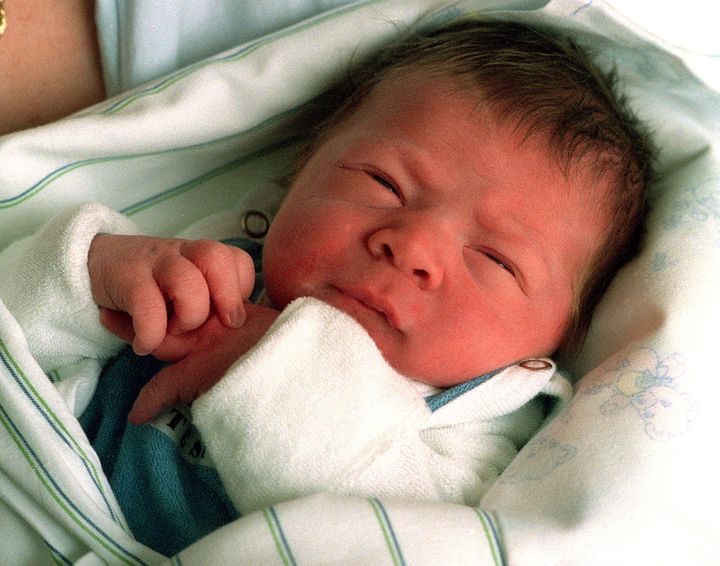
When she became a mother, her body was shackled. She gave birth to her son with her ankles shackled to the hospital bed. Arnita remained shackled as she held her son for the first time and while she nursed him. Like Arnita, most mothers behind bars are restrained during labor, delivery and post-delivery as a matter of routine practice in our nation's jails and prisons.
Shawanna Nelson, who was also shackled during labor, brought a lawsuit against the Arkansas Department of Corrections for cruel and unusual punishment. Thanks to her courage and the common sense of a panel of judges, the 8th Circuit Court of Appeals recently ruled that the shackling of prisoners during labor is unconstitutional.
In most state prisons and jails, restraints are routinely used on pregnant women, including when they are in labor and when they deliver their babies. The use of restraints on pregnant women, particularly on women in labor and giving birth, constitutes a cruel, inhumane and degrading practice that rarely can be justified in terms of security concerns. In the six states that outlawed shackling pregnant inmates, there have been no cases of mothers in labor or delivery escaping or causing harm to themselves, security guards or medical staff.
The practice of shackling pregnant mothers in labor and delivery is also dangerous to the health and well-being of both the mother and the baby. In June 2007, the American College of Obstetricians and Gynecologists stated that "physical restraints have interfered with the ability of physicians to safely practice medicine by reducing their ability to assess and evaluate the physical condition of the mother and fetus, and have similarly made the labor and delivery process more difficult than it needs to be, thus, overall, putting the health and lives of women and unborn children at risk."
The draconian practice of shackling pregnant women is being reconsidered and in many cases prohibited due to both proven and potential harm to the mother and child. In June 2007, the American College of Obstetricians and Gynecologists (ACOG) released a statement calling for an end to the practice of shackling mothers in labor and delivery due to the potential harm posed to the mother and unborn child. The Bureau of Prisons (BOP) in September 2008 ended shackling mothers as a matter of routine course in all federal correctional facilities.
State legislatures and Departments of Correction have also responded to the sea change in shackling policy. Most recently, New Mexico, New York and Texas have enacted laws prohibiting the practice of shackling pregnant women in nearly all circumstances. In Texas, the push for legislation emanated from a coalition including the Texas Catholic Conference and state reproductive health organizations.
Across the country, national and state-wide coalitions of faith-based and reproductive health organizations have emerged to urge for reform that is just, moral and safe for mothers, their unborn babies and medical and correctional staff. As members of the faith and reproductive health communities, these persons possess a shared concern for the well-being and health of the mother and unborn baby, and a shared belief that all mothers are entitled to birth their children with dignity.
But there is still work to be done. The cruel practice of shackling mothers during labor and delivery should not be prohibited by statute in less than a handful of states. At the beginning of the 21st century, no mother should be subject to shackles during the sacred act of birth in any American state or city.
By Malika Saada Saar, Founder and Executive Director of the Rebecca Project for Human Rights, a national policy and advocacy organization for vulnerable families.
Originally published on rhrealitycheck.org